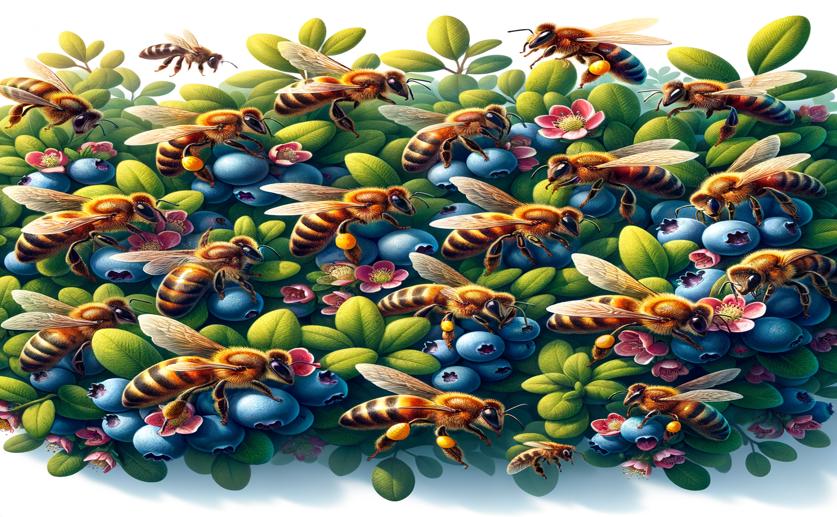
Increase in Bee Virus Cases After Pollinating Blueberries
Jenn Hoskins
16th June, 2024

Image Source: Natural Science News, 2024
Key Findings
- The study from the University of British Columbia examined honey bee colonies before, during, and after highbush blueberry pollination
- Researchers found that sacbrood virus (SBV) levels were significantly higher in colonies near blueberry fields six weeks after pollination
- The increase in SBV may be linked to the health decline observed in honey bee colonies following blueberry pollination
AgricultureEnvironmentAnimal Science
References
Main Study
1) Higher prevalence of sacbrood virus in Apis mellifera (Hymenoptera: Apidae) colonies after pollinating highbush blueberries.
Published 15th June, 2024
https://doi.org/10.1093/jee/toae119
Related Studies
2) RNA virus spillover from managed honeybees (Apis mellifera) to wild bumblebees (Bombus spp.).
3) Phenomic analysis of the honey bee pathogen-web and its dynamics on colony productivity, health and social immunity behaviors.



 17th May, 2024 | Jenn Hoskins
17th May, 2024 | Jenn Hoskins